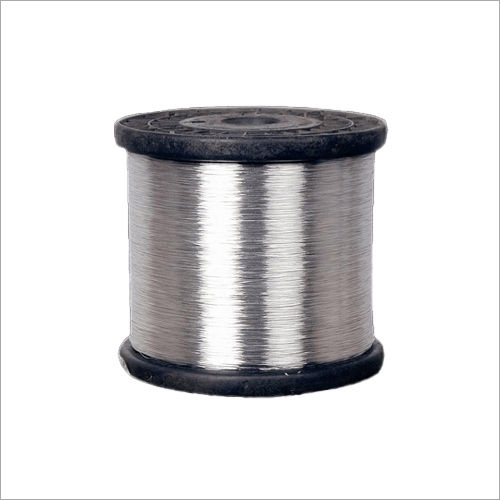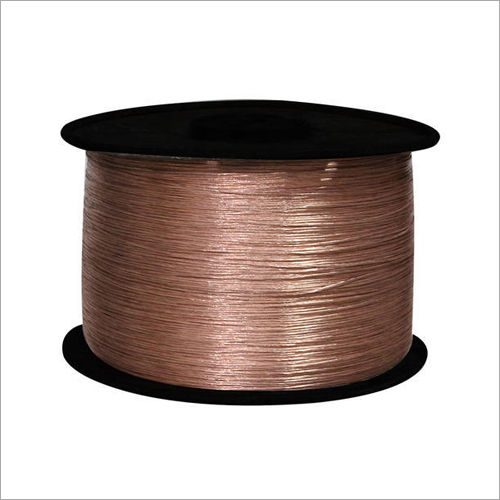Bunch Tin Copper Wire
Product Details:
- Product Type Bunch Tin Copper Wire
- Material Copper
- Function protection
- Usage Industrial
- Frequency (MHz) 50 Hertz (HZ)
- Conductor Material Copper
- Size Customized
- Click to View more
Bunch Tin Copper Wire Price And Quantity
- 500 Kilograms
Bunch Tin Copper Wire Product Specifications
- Silver
- Customized
- Copper
- Industrial
- 50 Hertz (HZ)
- Copper
- protection
- Bunch Tin Copper Wire
Bunch Tin Copper Wire Trade Information
- Cash in Advance (CID)
- 20000 Kilograms Per Month
- 7 Days
- All India
Product Description
Bunched tin copper wire often uses high-quality, oxygen-free copper strands because they have a superior electrical conductivity. The copper strands surface is coated with tin via a procedure known as electroplating. As a result, each strand is coated with an even layer of tin.
The advantages of bunched tin copper wire with a tin covering include:
- Tin is a metal with a very strong corrosion resistance. The tin covering serves as a barrier, defending the copper underneath from oxidation and other potential corrosion-causing elements. This qualifies bunched tin copper wire for use in applications requiring resistance to corrosion or moisture.
- Tin is well-known for having great solderability, meaning that when heated, it rapidly takes solder. The wire's tin coating makes soldering connections easier, making it simpler to connect wires together or attach components to electrical assemblies.
- Increased electrical conductivity: Tin coatings can help copper, which already has good electrical conductivity, perform even better. A flat surface is provided by the tin layer, lowering contact resistance and enhancing electrical performance.
Bunched tin copper wire is used in a variety of electrical systems and industries, such as:
- In the manufacture of printed circuit boards (PCBs), bunched tin copper wire is frequently used for internal connections, component leads, and soldering purposes.
- Electrical and power distribution: Where corrosion resistance and strong conductivity are required, tin-plated copper wire can be used in electrical wiring, power distribution systems, and grounding applications.
- Automotive industry: Bunched tin copper wire is used in connectors, wiring harnesses, and other electrical parts of automobiles thanks to its resistance to corrosion and solderability.
Consider the wire gauge (diameter), the number of strands, the thickness and quality of the tin coating, and any applicable industry requirements or restrictions when choosing bunched tin copper wire.
In conclusion, bunched tin copper wire has the benefits of increased electrical conductivity, corrosion resistance, and solderability. These qualities are crucial in many electrical and electronic applications where it is commonly employed.
FAQ
What does a lot of tin-copper wire mean?
A form of wire known as bunch tin copper wire is made up of tiny strands of tinned copper wire that are tightly coiled together.
How may copper wire tinned with tin be used in industrial applications?
The bunch tin copper wire can be applied to instruments, electrical circuitry, and medical purposes. Tin reduces signal interference and helps to avoid corrosion.
Which gauge ought to I use for this application?
The application's requirement for the wire gauge is determined by the amount of current that must be carried. In general, lower power applications call for lighter strands, whereas higher power applications call for heavier strands.
Are there any safety recommendations for employing bunch tin copper wire that I should be aware of?
To prevent electric shock, always use insulated tools and be mindful of the voltage flowing through the wire when working on it.
How do I keep the bundles of copper and tin wire?
To avoid corrosion, store the wire in a dry location out of the direct sun. A fabric wrap around the wire can also help shield it from dust and debris.




